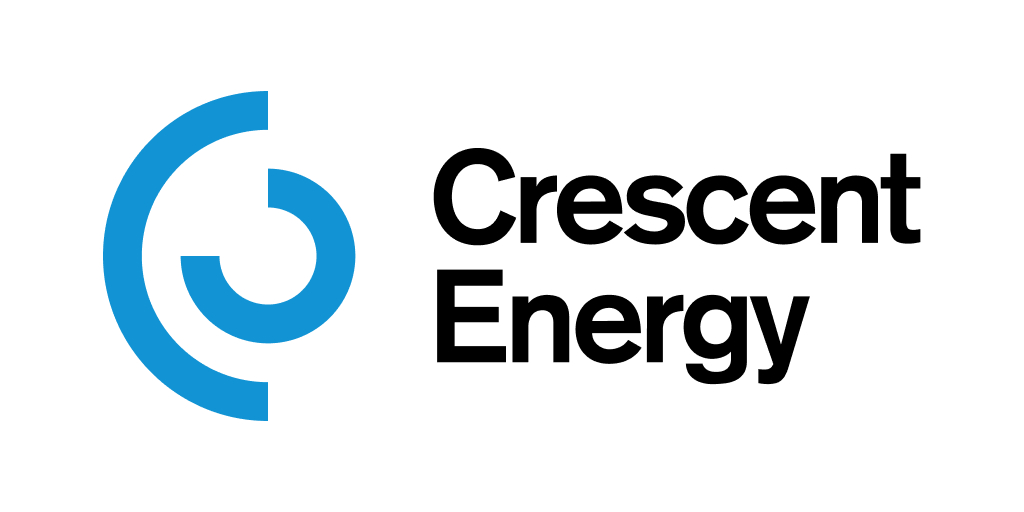Sign up for daily news updates from CleanTechnica on email. Or follow us on Google News!
As we should all know by now, plastic recycling is a sham. That little recycle symbol (“chasing arrows”) on bottles? Invented by a consortium of plastic industry front groups to put the onus on the consumer to fix the problem they’re creating. Just like the personal carbon footprint was.
Plastic is a) made of oil, b) hard/impossible to sort properly, c) environmentally harmful to process (you have to use a lot of energy to melt it down and reform it into something new), d) often made of and contaminated by toxic materials, and e) not economical to recycle in more than 90% of cases. And less than 10% of it actually gets recycled.
It can also only be recycled once — the composition of plastic makes it such that when you melt it down, a plastic bag (or bottle or …) cannot be made into another plastic bag (or bottle or …). It can be made into a park bench. And at the end of that park bench’s life, it goes to landfill.
Jenny Wassenaar, Chief Sustainability Officer at Trivium Packaging, a leader in eco-friendly packaging materials, sat down with CleanTechnica to discuss the problem and some solutions.
CT: Given the public is waking up to the non-recyclability of plastics and the well-funded greenwashing campaign conducted by the plastics manufacturers, what kind of public education can more recyclable materials manufacturers do to give people an alternative to hold up as a better answer?
JW: Partnering with industry associations is one way to coordinate a cohesive message about a particular packaging material. For example, we collaborated with Metal Packaging Europe in the development of the Metal Recycles Forever Logo. This logo is designed to place on packages all over the world and has the objective to communicate to consumers that the packages are recyclable. In this way we aim to help educate the public about recyclable materials. Banding together and combining resources is far more effective than going at it on one’s own. However, it is equally important to educate consumers via their social media platforms, websites, PR, and marketing activities about the packaging they produce/utilize to help assist in the education with fact-based data. There are many wonderful groups who are making a difference in their communities and helping to spread the word to our younger generations via schools and cleanup projects. One such group is Scrap University Kids, an organization that writes children’s books on recycling, does ocean cleanup dives, and works with schools to educate youth of all ages as appropriate to their level of education about the truths and challenges of recycling and how they can make a difference. Another group, Creando Conciencia, located in Argentina, is an urban recycling organization that works to ensure recycling is taking place in their communities, establishing the infrastructure where needed.
CT: Is there an industry group that will lead that charge?
JW: I don’t believe one single industry group can lead this charge. It takes a village. Industry associations such as Metal Packaging Europe, The Can Manufacturing Institute, The Canned Good Coalition, Alupro, Aerobal, and the Aluminum Institute are all working to help educate and spread the truth of the sustainable benefit of metal.
CT: Plastics have used all sorts of deceptive campaigns, including a pseudoscientific study funded by the American Chemistry Council that not-so-shockingly found that reusable cloth shopping bags contain bacteria when someone drips meat juice on them and doesn’t launder them, and tactics like circumventing plastic bag bans by lobbying for a loophole for “reusable bags” that are simply thicker plastic, as they did when Hawaii became the first state in the US to have a comprehensive single-use plastics ban. When the plastic industry has virtually limitless financial backing, how can we overcome the noise and get people to understand they’re being manipulated?
JW: Each of us needs to do our part, many voices are louder than one voice. We need to make aware that recycling systems do not always function properly, and what people perceive as being recyclable is not being recycled. We need action on every level — from our governments to corporations and businesses, to recyclers and educators, and to consumers, because ultimately if consumers are not taking part by recycling, or pushing for companies to utilize sustainable alternatives, change will move slowly.
CT: Tell me about more sustainable packaging options and some of the innovations and breakthroughs you’ve seen in recent years.
JW: In our industry, metal has continued to innovate, becoming lighter by using less materials and incorporating recycled materials, offering a wide variety of formats, shapes, and sizes for segments where a package may not have existed in metal before. The can of today has all the same great preservation, protection, and recyclability as the can of our great grandparents, but is vastly different in most every other way because of innovation. We use less energy and use renewable sources of energy to reduce our overall environmental footprint.
CT: What would you say to a plastics lobbyist or PR person whose job it is to make sure the world is flooded with more single-use plastics?
JW: Let’s define a way together to make sure all packaging materials are as recyclable as metal in order to preserve our planet’s resources for generations to come.
Have a tip for CleanTechnica? Want to advertise? Want to suggest a guest for our CleanTech Talk podcast? Contact us here.
Latest CleanTechnica.TV Videos
CleanTechnica uses affiliate links. See our policy here.





